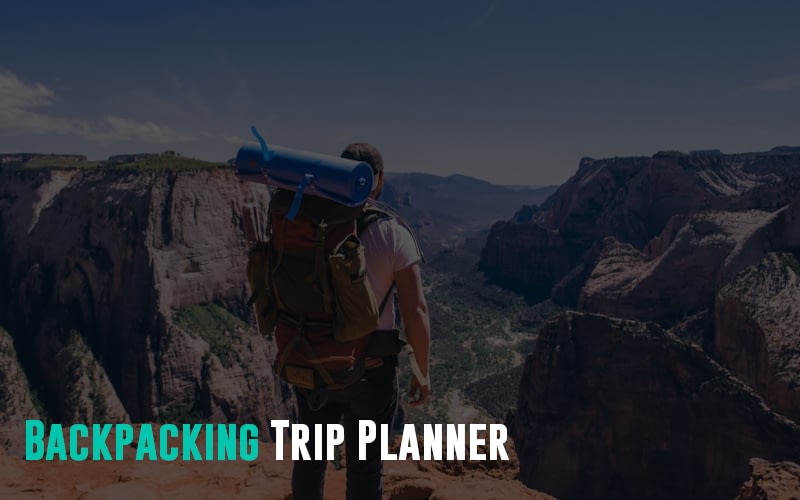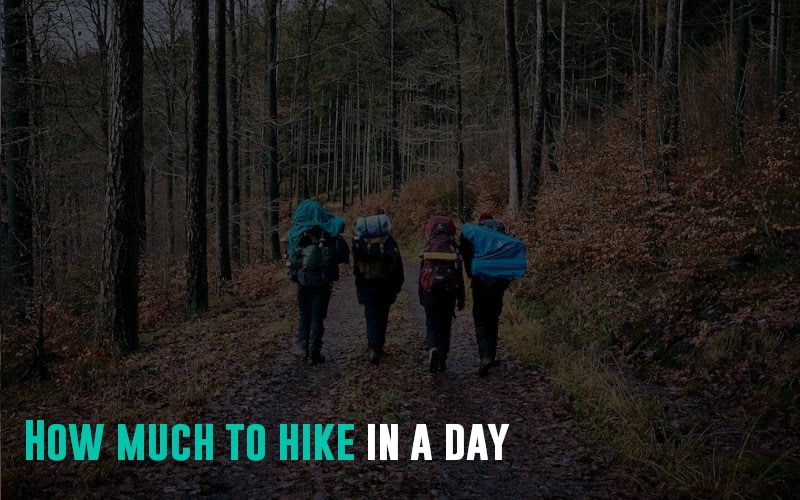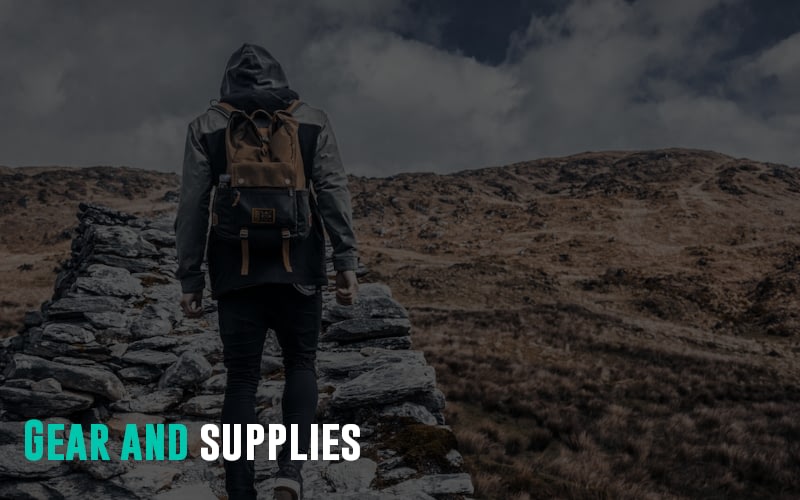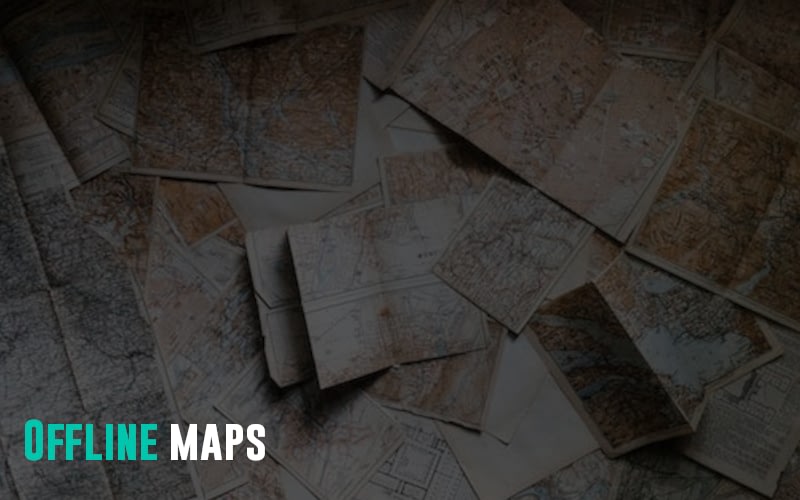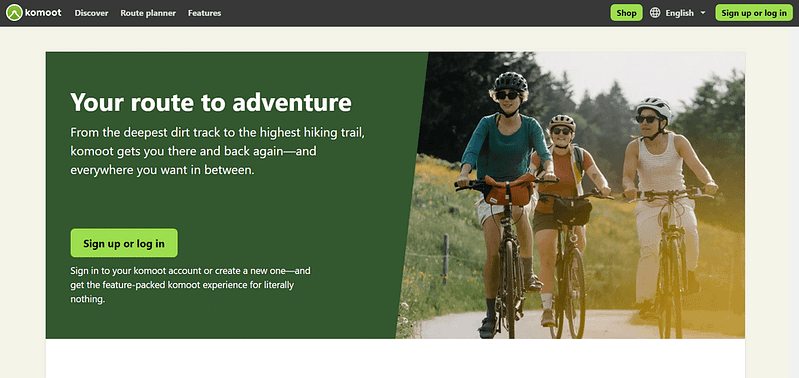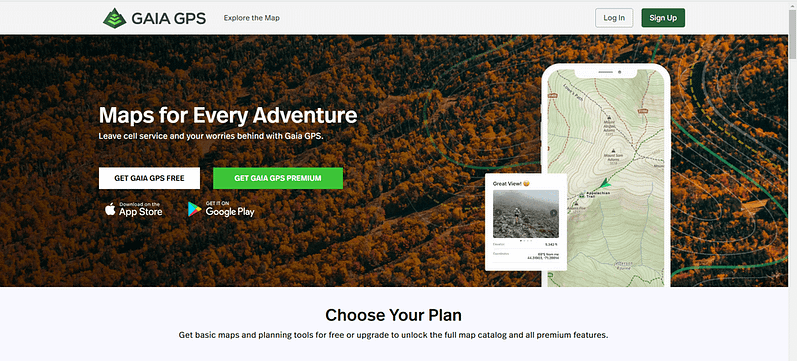Suppose you love the outdoors and don’t mind exercising while on a trip. A backpacking vacation might be a thing right up your aisle. But if you do it for the first time, you will likely face a few hiccups. This is why careful planning is crucial before you start your backpacking trip.
In this comprehensive guide, we’ll look into the exciting world of backpacking trip planning, covering everything from choosing the right destination and route to essential gear and the best backpacking route planner apps.
Featured Image Source
How to plan a backpacking trip
A backpacking trip is a great way to enjoy the surrounding nature. However, careful planning is necessary to ensure a safe and enjoyable experience. There are certain factors you should consider when you are a backpacking trip planner for yourself or your friends.
Finding the right place to backpack
Selecting the correct destination for your backpacking trip is the first crucial step. Some areas may be steeper, and people may have to walk longer. Understand the skill and fitness levels of everyone in your group and choose a destination that aligns with your group’s capabilities.
You should also consider the weather, remoteness, and the wildlife in the area before choosing. Regions with unpredictable or extreme weather require extra precautions and preparedness. Similarly, you must take extra precautions if you are likely to run into bears or snakes. Remote areas may have limited access to help in emergencies, so be prepared for self-sufficiency. Also, ensure that the duration of your trip aligns with the time you have available.
Finding the right route
Selecting the correct route for your backpacking trip can be affected by several factors. As some areas have strict regulations about camping to protect the environment, you should look into places where you can legally camp along your route and whether permits are required. If no clean water sources are available on the route, consider carrying a water filtration system for backcountry sources.
Study the terrain along your route and pack gear that suits it. You should also research any local rules or laws that apply to your chosen destination, including fire regulations, hunting seasons, and wildlife protection regulations.
How much to hike in a day?
The endurance level of people is different from one another. So, how much a person can hike comfortably can differ according to the individual. A sound bar for an average hiker should be 12 miles a day. This is a good pace and allows you to enjoy the scenery and move forward leisurely. If there is a substantial incline, and we are talking 3-5k ft or 900 to 1500 m, then it might be good to drop expectations to 8 miles daily. If you want to press forward aggressively and understand your party is fit to keep up, you can push to 20-30 miles a day. Anything over 30 miles a day is very fit and competitive, so it is not for those aiming to enjoy a trip but more for those looking to break records.
Some external factors, such as below, affect this hiking distance.
- A heavier backpack can slow you down considerably, especially when walking long distances.
- Climbing uphill is always strenuous, even without carrying weight. Uphill backpacking can be a bit difficult for most people. So you may require additional time.
- Plan for regular rest stops to prevent fatigue and factor in time for meal breaks and water filtration stops at water sources along your route.
My general gauge for backpacking for a 5-day, 4-night trip would be if you can get your bag under 15 lbs. You are a fantastic packer. 15 to 25 lb would be about the average sweet spot, and when you start getting to 40 or above, if you are not bringing technical climbing gear, you’ve packed too much.
Advice on getting to the trail
After you have chosen your backpacking trail, you should make ample preparations on the starting day of the trip. If you’re driving to your starting point, research safe parking options. You can also consider leaving your vehicle at a trailhead or visitor center.
If you can’t drive to the starting spot and need a shuttle service, book them in advance to avoid a last-minute rush.
Gear and supplies
Proper gear and supplies are vital for your safety and comfort during a backpacking trip. Some essential things that you should not forget as a backpacking trip planner include:
- Any necessary permits for your trip, including wilderness permits, camping permits, and parking permits
- A comprehensive gear checklist to ensure you have all the essentials, from clothing and footwear to shelter, cooking equipment, and navigation tools
- Additional situational gear like bear canisters, ice axes, or snowshoes if they are needed on your chosen trail
- Insect repellent and protective clothing if you’ll be in areas with high mosquito or tick activity
- Bear-resistant food containers or bear bags, depending on the area’s bear population and regulations
- Sufficient fuel for cooking; you can also bring extra for emergencies
Check existing gear condition
Before starting your trip, inspect your gear to ensure everything is in good condition and functioning correctly. If you are traveling in a group, you can reduce extra gear and weight for the group by sharing gear.
Food planning
Having sufficient food with you is also vital when you go on a backpacking trip. Carefully determine the amount of food you’ll need for each trip day by assessing your energy requirements. When you travel in a group, you can also consider the meal preferences of different people while making food plans.
Often, dry food comes in bulky bags that you can repackage into thinner bags to save weight and bulk.
Tips for further backpacking prep
Apart from the regular instructions, there are some extra tips you can follow to make your trip a safe and exceptional one.
Talk to locals
You should speak with locals or rangers at visitor centers for valuable insights into the area, trail conditions, and potential hazards before starting the trip.
Offline maps
You might come across areas with poor cell reception on the trail. So, keep an offline map with you or use GPS navigation apps to navigate your route safely.
Guides
You can consider hiring a local guide or joining a guided backpacking trip, especially if you’re new to the area or have limited experience. This will help you to avoid potential threats like animals or dangerous slopes.
Leave your route and info with an emergency contact
You should inform a trusted friend or family member of your backpacking plans so you have a backup in case something untoward happens. Give them details, including your route, expected return date, and emergency contact information.
Top apps that can be useful for backpacking
Though being a backpacking trip planner can seem complicated, it can be made more accessible with the help of a backpacking trip planner app. An app can help you with several things, like finding trails, planning routes, and tracking progress. Some top apps that can help you with backpacking planning include:
Travel-Wise
If you are looking for an ultimate free travel planner with a vibrant community to help with your backpacking planning needs, Travel-Wise is best suited. This platform helps you to streamline the planning process and helps you with every stage of the planning process. You can use a backpacking itinerary template to create personalized trip itineraries for yourself or your group. You can also include maps in these itineraries to help you know more about the location.
AllTrails
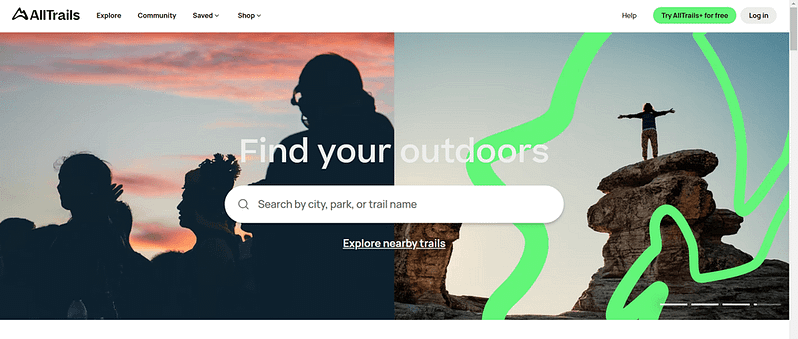
AllTrails is a widely used backpacking planner app that offers a vast database of trail maps, reviews, and photos for finding and tracking trails. Every route in the app contains details, such as length, ratings, elevation gain, photographs, etc. However, offline services are available only for premium subscriptions.
Komoot
Komoot is a simple app that helps people organize and track backpacking trips. The “Discover” feature in the app displays blog entries written by other people and provides thorough summaries of routes, including notes and recommendations, pictures, and other crucial trail data.
Gaia GPS
Gaia GPS is an app suitable not only for backpackers but for hikers and hunters as well. The app provides detailed topographic maps, GPS tracking, and route planning tools, even offline. It also lets you explore popular trails, share vacation ideas, and keep track of your travels.
Conclusion
Planning a backpacking trip is not an easy task. It needs careful consideration of several factors, from destination and route selection to gear preparation and safety measures. Keeping track of everything while preparing for a backpacking trip can become tiresome. Check out Travel-Wise today for all your travel plans.

